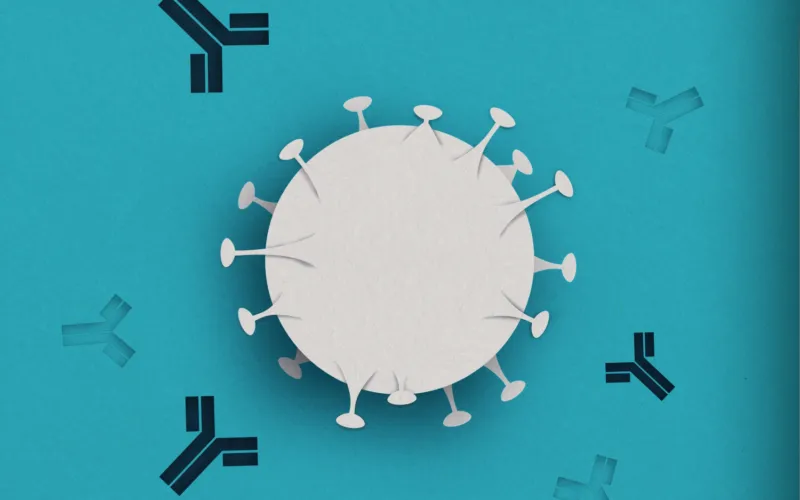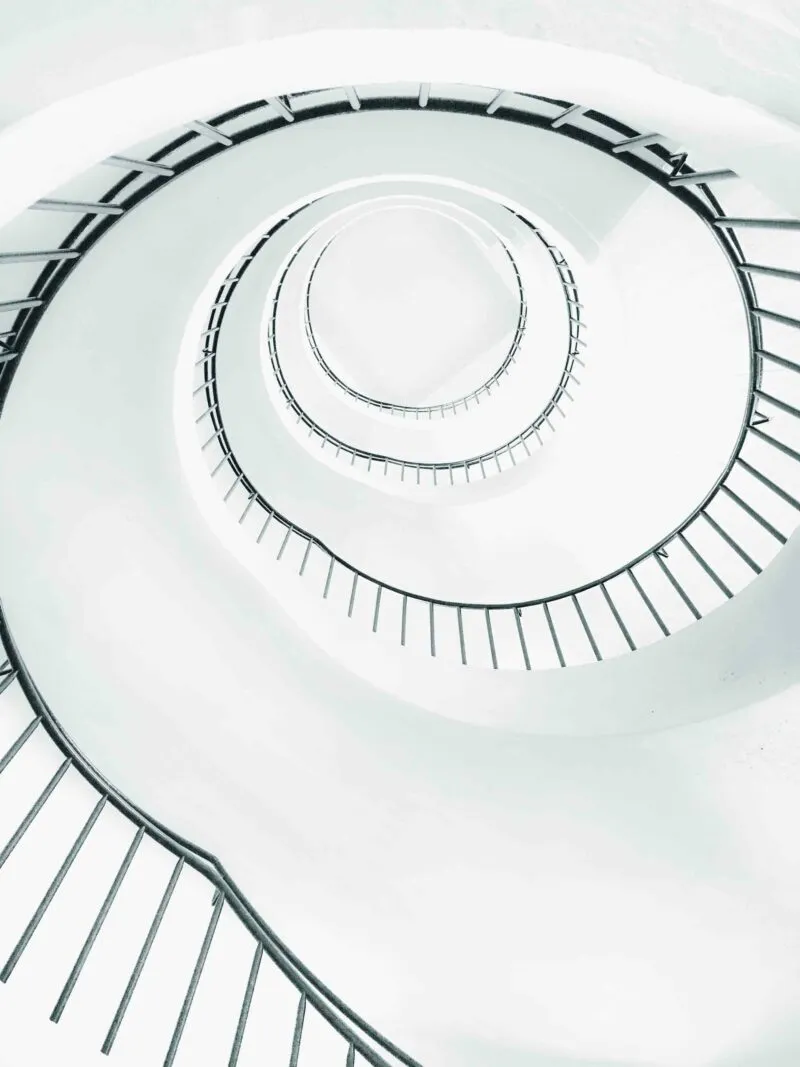How to teach an old drug new tricks - the IP challenge in repurposing medicines
Prue Cowin and Declan McKeveney explore the various intellectual property strategies to be considered when you are seeking to secure enforceable patent rights for repurposed drugs.
Australia’s Therapeutic Goods Administration (TGA) recently sought submissions on a consultation paper around the repurposing of prescription medicines. The motivation behind the paper was to better understand the existing obstacles and incentives to entities to sponsor an existing drug through the TGA’s regulatory process for a new therapeutic indication.
Whilst the costs, and risks, associated with bringing a known drug to market for a new indication are generally lower than an entirely new therapeutic molecule, they are still significant. Sponsors need to consider how they will achieve an appropriate return on investment, which usually includes holding generic competition at bay for a period of time. One important consideration for many sponsors is therefore what opportunities exist to secure enforceable patent rights.
What is drug repurposing?
Drug repurposing is the process of identifying new therapeutic use(s) for old or existing drugs. It is an effective alternative to traditional drug discovery processes, as it commonly leverages existing pre-clinical studies which have typically established the safety, efficacy and toxicity for the drug, thus somewhat reducing further development risks.
Repurposed drugs have sometimes been used ‘off-label’ to treat conditions for which regulatory approval has not been given. Alternatively they may be abandoned clinical candidates in certain disease areas. Repurposing has been around for decades, with some well-known examples including sildenafil (Viagra®), a phosphodiesterase inhibitor developed to treat angina and repurposed to treat erectile dysfunction, as well as thalidomide, developed to treat morning sickness and now approved to treat multiple myeloma. More recently, the repurposing of Remdesivir® and hydroxychloroquine for prophylaxis or treatment of COVID-19 has gained considerable attention.
Strategies to protect repurposed drugs
Almost by definition, the structure of the repurposed drug will be known and so a novel patent claim to the active pharmaceutical ingredient (API) is not possible. However, there are still a number of ways sponsors and manufacturers can protect their investment. As explored in more detail below, patent protection can be sought for (amongst other things) new formulations or drug forms; methods of treatment and dosage regimens for new indications; and new methods of manufacture.
New formulations and drug forms
Repurposing an approved API for a new indication without reformulation would only benefit the original manufacturer as they likely own the intellectual property for the composition. However, modifying the formulation of a repurposed drug could result in the grant of composition of matter patents.
There are a number of reasons why new formulations or drug forms for a known API are developed for a new indication, each of which may provide a unique opportunity for patent protection. Some examples include:
- Forms of administration not previously used, e.g. solid dosage forms versus liquid formulations.
- New routes of administration, e.g. intravenous versus subcutaneous administration.
- New or additional excipients required to improve the solubility and/or stability of a liquid formulation.
- New dosage strengths for new indications, e.g. high concentration formulations.
- Increased purity of the API, e.g. formulation of a single enantiomer as opposed to a racemic mixture previously used.
- New API salt forms or polymorphs, e.g. drug forms having a desirable solubility profile, improved stability or overall improved pharmacokinetic properties.
Methods of treatment
The discovery of a new indication for an old drug can form the basis for method of use patents. New use claims may apply to both patent-protected and patent-expired drugs, provided the new use has not been previously disclosed in the original patents relating to the API.
In Australia, new therapeutic applications may be protected by both method of treatment and Swiss-type claims typically taking the following forms:
- A method of treating disease X, the method comprising administering compound Y to a subject; and
- Use of substance X in the manufacture of a medicament for the treatment of disease Y.
Both forms should be included in an Australian claim set as Swiss-type claims offer an additional layer and scope of protection to method of treatment claims. See our previous articles Holes in Australian Swiss Claims: Plugged in 2020 and Beyond Borders: Extraterritorial Reach of Australian Patents. New therapeutic indications may also be protected by ‘use’ form claims.
Dosing regimens and combination therapies
It may also be possible to protect a repurposed drug by virtue of a new dosage regimen. For example, protection may be sought if it can be shown that the repurposed drug provides improved patient outcomes or surprising or unexpected effects at a particular dose (e.g. a surprisingly low dose) or dosing interval (e.g. monthly instead of weekly) that were not predictable from previously disclosed dosing regimens.
Furthermore, incorporating the repurposed drug into a composition that includes one or more other actives to form a novel combination may also offer another level of protection. For example, a combination of drugs that unexpectedly demonstrates synergy when used together (i.e. their combined effect being greater than each drug alone).
Methods of manufacture
An API may be capable of manufacture using different methods and processes. Thus, although the API of the repurposed drug is not novel, the method of manufacturing it may be. Whilst changes to excipients or process steps may be considered trivial and insignificant, it is worth considering their overall impact on the manufacturing process and the resultant product such as improved purity or yield. If a new synthetic pathway is developed which can reduce the number of steps or avoid toxic reagents then this can be an opportunity for patent protection.
What about freedom to operate?
It is important for sponsors and manufacturers to understand the risks of infringement of the API originator or other third party rights, including regulatory and market exclusivities, by conducting a well-designed freedom to operate (FTO) analysis. This should take into consideration the form and formulation of the API you are employing, as well as the new indication.
Developing new IP
Many opportunities will arise in the repurposing process to capture IP. These should be kept in mind all the way through the project as any hurdles are overcome or significant deviations from the accepted knowledge around the existing API are made.
Important considerations when drafting a patent application that can assist in strategically leveraging the IP, include:
- Providing data which demonstrates a surprising technical effect of the new formulation, drug form, dosing regimen and/or combination therapy which will assist with addressing obviousness objections during prosecution.
- Providing all method of treatment claim types (i.e. method of treatment, Swiss-type and use claims) in an Australian claim set.
- Providing dependent claims to clearly define processing and/or manufacturing steps that directly result in the ‘improved’ product.
We recommend engaging experienced IP counsel to maximise the value of your IP portfolio and its future potential as well as guiding you on FTO risks.


